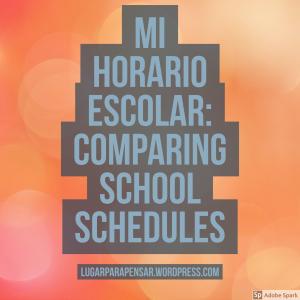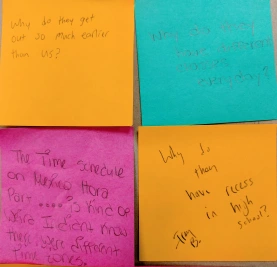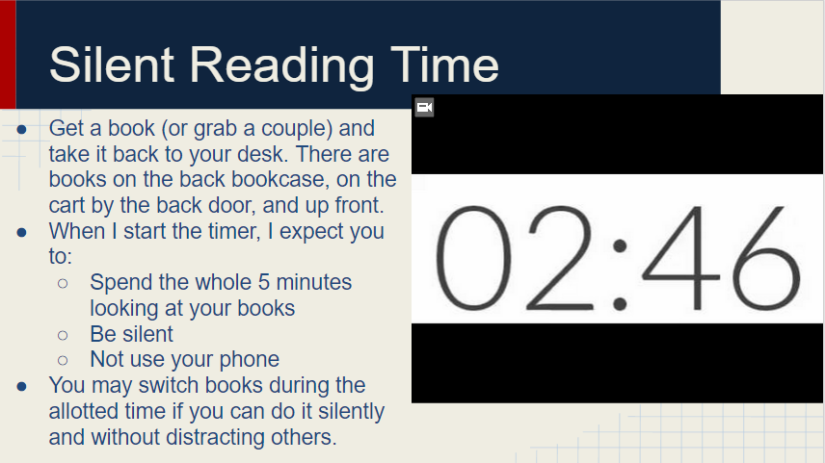
My students are currently learning school vocabulary, and my authentic resource activities were in desperate need of an update. I decided I wanted my students to do an activity comparing schedules of schools in Spanish speaking countries and their own (find my activity at the bottom of this post!). I asked one of my teacher groups on facebook if anyone had such an activity to share, and someone from my grad program shared this gem of a website with me: http://auforlanguageeduca.wixsite.com/school-schedules
If you click on the gallery link in the right hand corner, you will find 15 school schedules from various Spanish speaking countries, compiled by one of the Auburn foreign language education graduate assistants. ¡Muchas gracias, amiga!
I decided that rather than trying to print out the schedules, I would have students view them on their computer. For pre-reading, I had students discuss their ideal school schedule in small groups, with a list of questions in Spanish to guide them:

After group discussions, we briefly shared out to the whole class. Next, I had students draw a number from 1-15. They were not allowed to have the same number as someone else in their group. The number corresponded to one of the schedules on the Wix site. For their “during reading” activity, students answered questions about their assigned schedule. For post-reading, they discussed what they learned with their group and answered some reflection questions: How were the schedules similar or different from their own school schedule? What schedule would they like best? I also had students write questions down on sticky notes. I took these up and answered them at the end of class as a closing activity:


If you would like to use my activity, you can find it here. If you improve on it, please share it back with me!






 I printed out the weather reports from
I printed out the weather reports from

 I posted two complete sets (labeled in different colors) to make sure enough readings were available for my classes of 32. Students could do the readings in any order.
I posted two complete sets (labeled in different colors) to make sure enough readings were available for my classes of 32. Students could do the readings in any order.